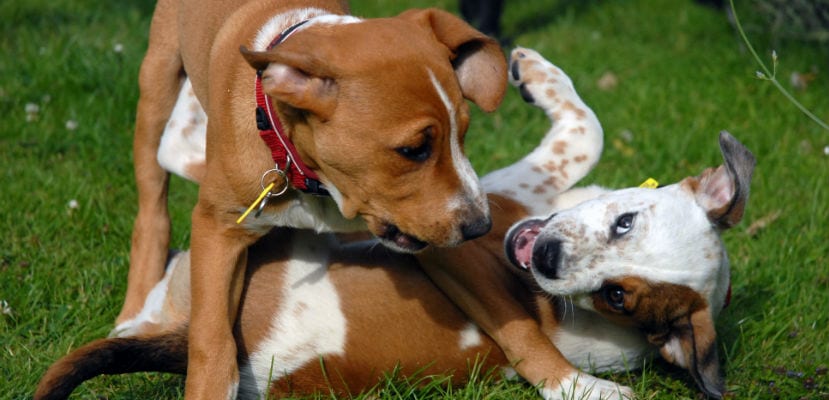
Regardless of the breed, size, or education a dog has received, it has a natural tendency toward dominance or submission. In turn, this detail influences their way of socializing with other people or animals, sometimes causing behavioral problems. That is why it is important that we learn to differentiate these behaviors.
There are a number of theories about leadership in dog packs, giving rise to concepts such as the "alpha male." In any case, the truth is that some dogs show a natural predisposition to dominance, positioning itself in the first place within the hierarchy. This does not have to lead to aggressive behaviors; however, sometimes these kinds of problems arise, so it is advisable to take certain precautions.
How do I know if my dog is dominant?
It is not easy to determine if a dog is really dominant, since for this we have to observe its social behavior with other animals and people for a long time. However, there are some signs that indicate that the animal could develop dominance problems:
- It mounts on other dogs, either female or male.
- He is stubborn, refusing to obey basic training orders.
- Insistent barking to get what they want, showing a high level of demand towards others.
- Likes to sit in high places.
- He insists on walking in front of us during the ride.
- He takes our food off the plate.
- Be possessive of your loved ones when a stranger approaches.
- He hates being home alone.
- Insist on winning in all games.
- He stares defiantly at other people and animals.
What to do?
When it comes to educating a dominant dog, we must squander good doses of calm and patience. The positive reinforcement It will be our great ally, but not the shouting and stress, which make the situation worse; and of course, physical punishment is absolutely out of the question. We will have to impose rules and make sure that he complies with them, rewarding him with food and toys whenever this is the case.
In addition, it is important that we dedicate about 15 to 20 minutes a day to reinforce the obedience orders, such as sitting, lying down, or staying still. Likewise, we must learn to lead the walk, making the dog walk by our side without jerking or barking at others. When the situation becomes complicated to the point of being uncontrollable, it is best to see a professional educator.